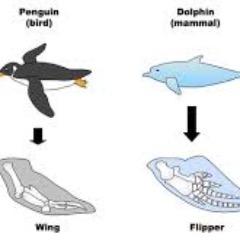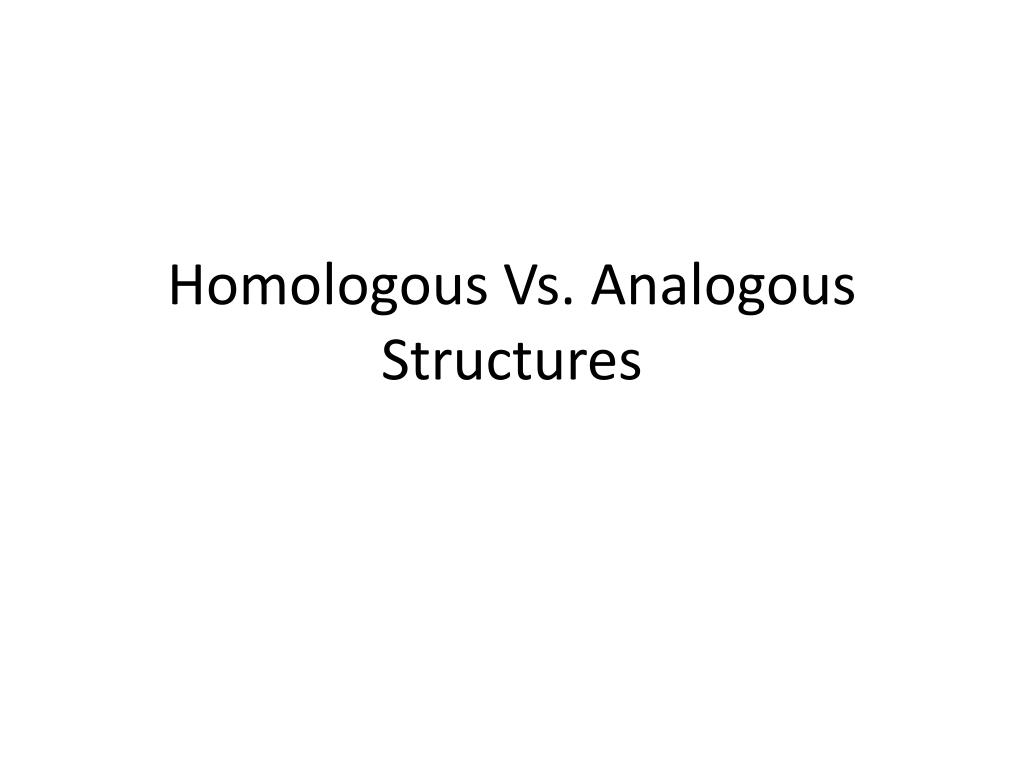


The (c) wing of a honeybee is similar in shape to a (b) bird wing and (a) bat wing, and it serves the same function. Scientists must determine which type of similarity a feature exhibits to decipher the phylogeny of the organisms being studied.įigure 2. Some structures are both analogous and homologous: the wings of a bird and the wings of a bat are both homologous and analogous. The wings of a butterfly and the wings of a bird are analogous but not homologous. For example, the bones in the front flipper of a whale are homologous to the bones in the human arm. Homologous structures share a similar embryonic origin analogous organs have a similar function. Similar traits can be either homologous or analogous. These are called analogous structures (Figure 2). For example, insects use wings to fly like bats and birds, but the wing structure and embryonic origin is completely different. When similar characteristics occur because of environmental constraints and not due to a close evolutionary relationship, it is called an analogy or homoplasy. This usually happens because both organisms were in common adaptations that evolved within similar environmental conditions. Similarly, unrelated organisms may be distantly related, but appear very much alike. Some organisms may be very closely related, even though a minor genetic change caused a major morphological difference to make them look quite different. The same relationship between complexity and shared evolutionary history is true for homologous structures in organisms. However, if two people both invented a hammer, it would be reasonable to conclude that both could have the original idea without the help of the other. Imagine two people from different countries both inventing a car with all the same parts and in exactly the same arrangement without any previous or shared knowledge. The more complex the feature, the more likely any kind of overlap is due to a common evolutionary past. Notice it is not simply a single bone, but rather a grouping of several bones arranged in a similar way. (credit a: modification of work by Steve Hillebrand, USFWS credit b: modification of work by U.S. Bat and bird wings are homologous structures, indicating that bats and birds share a common evolutionary past.


 0 kommentar(er)
0 kommentar(er)
